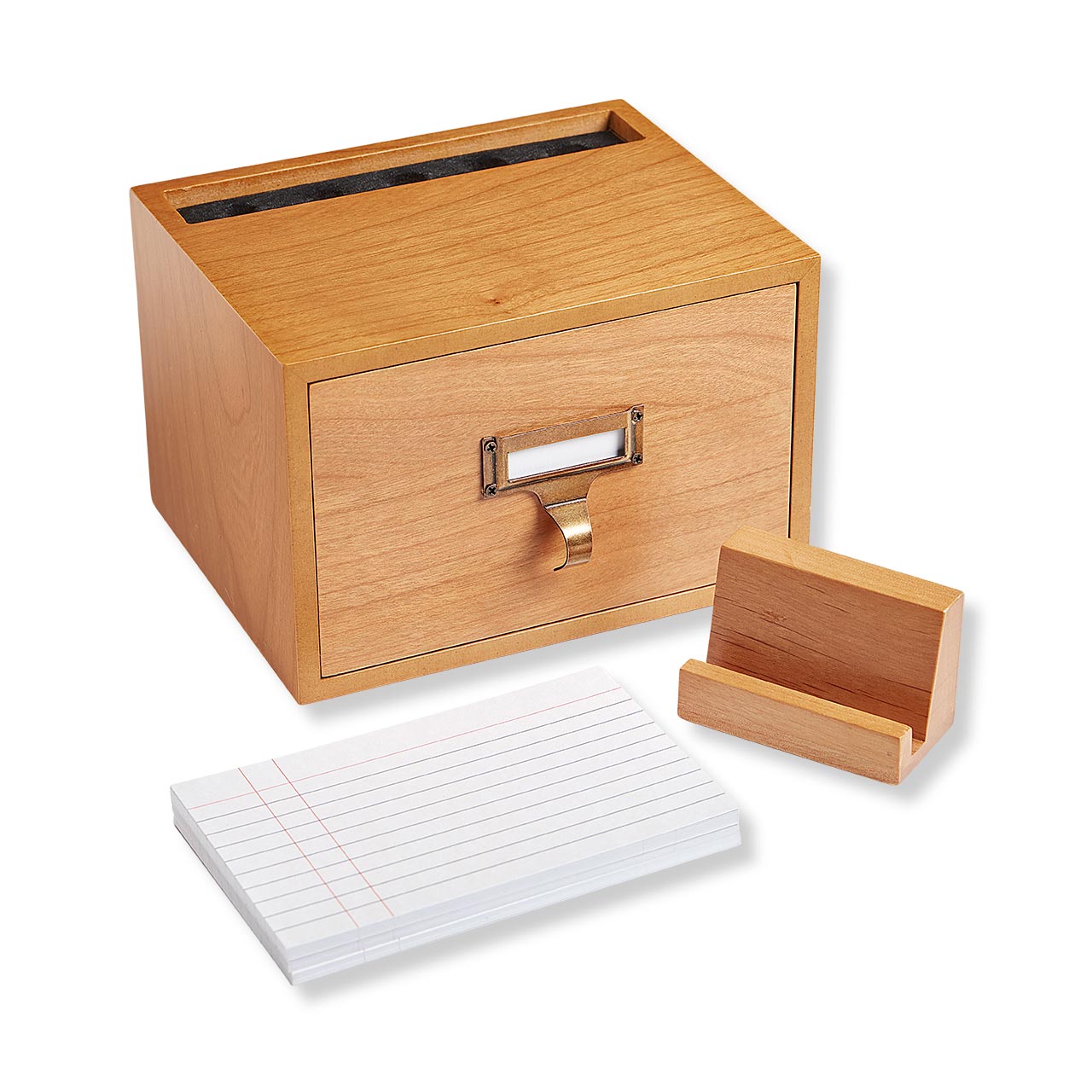Synthèse du MIPEX 2025 : Politiques d'Intégration en France
Résumé
L'analyse des politiques d'intégration de la France dans le cadre du Migrant Integration Policy Index (MIPEX) 2025 révèle un tableau contrasté.
Avec un score global de 56 sur 100, la France se positionne à mi-chemin, appliquant des politiques qui offrent des opportunités mais aussi des obstacles significatifs à l'intégration.
Cette note, inchangée depuis 2019, masque des évolutions divergentes :
des progrès notables dans le domaine de l'éducation sont contrebalancés par des reculs en matière d'accès aux soins de santé et de résidence permanente.
L'approche française est classée comme "Intégration Temporaire", un modèle qui accorde des droits fondamentaux aux citoyens non-européens mais leur refuse la sécurité à long terme nécessaire pour s'établir durablement et participer pleinement à la vie citoyenne.
Les points forts de la France résident dans son cadre législatif solide en matière de lutte contre les discriminations et dans les récentes améliorations de l'accès à l'enseignement supérieur.
Cependant, ces avancées sont minées par des politiques restrictives concernant la résidence permanente, le regroupement familial et un processus d'accès à la nationalité jugé discrétionnaire et politisé.
La loi "Immigration & Intégration" de janvier 2024 et les décrets d'application subséquents marquent un tournant vers une approche plus sélective et exigeante, renforçant les exigences linguistiques et civiques.
Pour améliorer son modèle, il est recommandé à la France d'adopter une approche plus cohérente, alignant ses politiques sur un objectif d'intégration à long terme et traitant les immigrés comme de futurs citoyens plutôt que comme des résidents temporaires.
Analyse Détaillée des Politiques d'Intégration
Score Global et Classification
Avec un score de 56 sur 100, les politiques d'intégration de la France sont jugées "à mi-chemin" (halfway to promote societal integration).
Ce score place la France dans la catégorie de l'"Intégration Temporaire". Selon la typologie du MIPEX, ce modèle se caractérise par :
• L'octroi de droits fondamentaux et de certaines mesures favorisant l'égalité des chances.
• Le refus de la sécurité à long terme indispensable pour s'installer de manière permanente, investir dans l'intégration et participer pleinement en tant que citoyen.
• La perpétuation d'une perception des immigrés comme étant partiellement égaux, mais restant fondamentalement des étrangers (outsiders).
Cette approche contraste avec celle des pays du "Top Ten" du MIPEX, qui traitent les immigrés comme des égaux, des voisins et des citoyens potentiels, investissant dans l'intégration comme un processus mutuel bénéfique pour l'ensemble de la société.
Évolutions Récentes des Politiques (Depuis 2019)
Le score global de la France est stable depuis 2019, mais cette stabilité cache des changements contradictoires dans différents domaines politiques.
Changements Positifs :
• Accès à l'enseignement supérieur : Des programmes ciblés ont été mis en place pour améliorer l'accès des migrants à l'enseignement supérieur.
• Intégration dans le corps enseignant : Des initiatives soutiennent l'intégration des migrants dans la profession d'enseignant.
• Projets spécifiques :
◦ AIMES+ (depuis 2023) : Vise à améliorer la qualité des cours de français pour les étudiants immigrés.
◦ L'Université en Exil (UXIL) : Offre un parcours académique aux étudiants et chercheurs en exil.
Changements Négatifs :
• Résidence permanente : Les conditions de renouvellement du statut de résident permanent ont été durcies, notamment par la réduction des périodes d'absence autorisées hors du territoire français.
• Accès aux soins de santé (depuis 2020) : Les demandeurs d'asile et les immigrés non-européens font face à des obstacles accrus, avec des conditions supplémentaires et des délais d'attente plus longs pour la couverture santé.
Un changement juridique clé en 2019 a introduit un délai de carence de trois mois et une condition de résidence minimale pour l'éligibilité à la Protection Universelle Maladie (PUMa).
• Loi "Immigration & Intégration" (janvier 2024) : Cette loi, dont le score n'est pas encore intégré au MIPEX, a centralisé et renforcé les exigences en matière de langue, de civisme et d'emploi.
Elle introduit des limites au renouvellement des titres de séjour temporaires et des tests de langue et de valeurs plus stricts pour la résidence et la citoyenneté.
Les décrets et circulaires de mi-2024 et début 2025 ont activé ce cadre, augmentant la pression administrative et les obligations d'intégration.
Analyse par Domaine Politique
Domaine Politique
Classification MIPEX
Résumé des Constatations
Mobilité sur le Marché du Travail
Halfway favourable (Moyennement favorable)
Les résidents permanents et les familles ont accès au marché du travail, mais sont exclus de plus de professions réglementées que dans tout autre pays.
Les nouveaux arrivants ont accès aux services généraux d'emploi mais souvent pas à la reconnaissance de leurs diplômes ou à des bourses d'études.
Regroupement Familial
Halfway favourable (Moyennement favorable)
Les exigences (économiques, logement) sont strictes et le processus peut être long et discrétionnaire.
Cependant, une fois réunies, les familles bénéficient de droits socio-économiques égaux et d'un soutien à l'intégration, avec une augmentation des heures de cours de langue (jusqu'à 400h, et 600h pour les personnes analphabètes).
Éducation
Halfway favourable (Moyennement favorable)
La France a renforcé son soutien, notamment via des programmes ciblés depuis 2015 (AIMES+, UXIL).
Tous les élèves, quel que soit leur statut, ont les mêmes droits à l'éducation.
Le point faible reste l'absence de valorisation de la diversité dans l'éducation à la citoyenneté.
Santé
Slightly favourable (Légèrement favorable)
Le système de santé est inclusif, mais il ne répond que faiblement aux besoins spécifiques des patients migrants.
Depuis 2020, les barrières à l'accès se sont renforcées pour les demandeurs d'asile et les immigrés non-UE (conditions plus strictes, délais d'attente allongés).
Participation Politique
Halfway favourable (Moyennement favorable)
Les étrangers sont peu informés et consultés par les autorités.
La France est l'un des rares grands pays de destination sans droit de vote local pour les étrangers.
Une consultation accrue des groupes de réfugiés est notée au niveau national depuis 2018.
Résidence Permanente
Halfway favourable (Moyennement favorable)
L'accès au statut sécurisé de 10 ans est conditionné par des exigences linguistiques, d'intégration et parfois économiques parmi les plus restrictives.
Bien que le statut lui-même soit protecteur, il est très difficile à obtenir et à renouveler (notamment depuis 2024).
Accès à la Nationalité
Slightly favourable (Légèrement favorable)
Le parcours est similaire à d'autres pays occidentaux (5 ans de résidence, double nationalité possible).
Cependant, le processus est de plus en plus politisé, discrétionnaire et décourageant pour certains candidats.
Les exigences strictes (stabilité financière, niveau B1 en langue, entretien d'assimilation subjectif) constituent des barrières importantes.
Antidiscrimination
Slightly favourable (Légèrement favorable)
Il s'agit du plus grand point fort de la France en matière d'intégration.
La législation est solide et l'organe de défense (Défenseur des Droits) est efficace pour informer le public et aider les victimes.
Ces politiques semblent avoir eu un impact positif à long terme sur les mentalités publiques en Europe.
Conclusions et Recommandations
Le modèle d'intégration français est marqué par une incohérence fondamentale :
ses forces reconnues en matière de lutte contre la discrimination et
ses progrès dans l'éducation sont sapés par une approche restrictive et précaire concernant les piliers de l'intégration à long terme que sont la résidence, la famille et la nationalité.
La trajectoire politique récente confirme cette tendance restrictive.
La loi de 2024, les nouvelles instructions préfectorales sur la naturalisation (mai 2025) et une proposition de 2024 remettant en cause le droit du sol témoignent d'un changement de discours vers des politiques d'intégration plus exclusives.
Pour renforcer son modèle, la France devrait :
1. Adopter une Approche Cohérente : Aligner les politiques restrictives de résidence et de regroupement familial sur ses mesures plus inclusives en matière d'éducation et d'antidiscrimination.
2. Sécuriser les Parcours d'Intégration : Réduire le caractère discrétionnaire et les exigences excessives dans les procédures d'accès à la résidence permanente et à la nationalité pour offrir la stabilité nécessaire à une intégration réussie.
3. Traiter les Immigrés comme de Futurs Citoyens : Mettre en œuvre une vision de l'intégration comme un processus à double sens qui renforce la confiance mutuelle et bénéficie à l'ensemble de la société.
Comme le démontrent 130 études scientifiques indépendantes utilisant les données du MIPEX, la manière dont les gouvernements traitent les immigrés est un facteur déterminant qui influence non seulement l'acceptation par le public, mais aussi le sentiment d'appartenance, la participation et même la santé des immigrés dans leur nouveau pays.


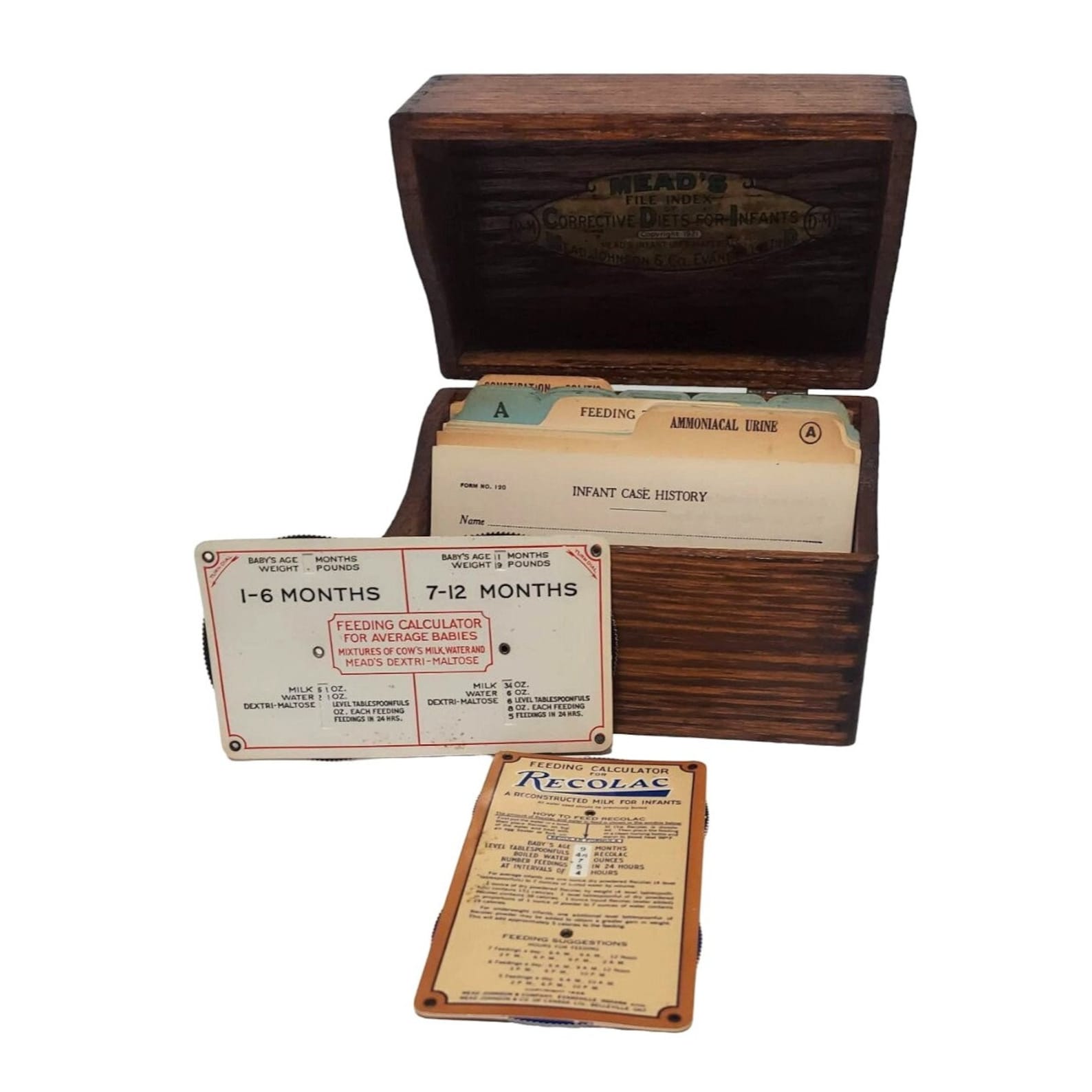



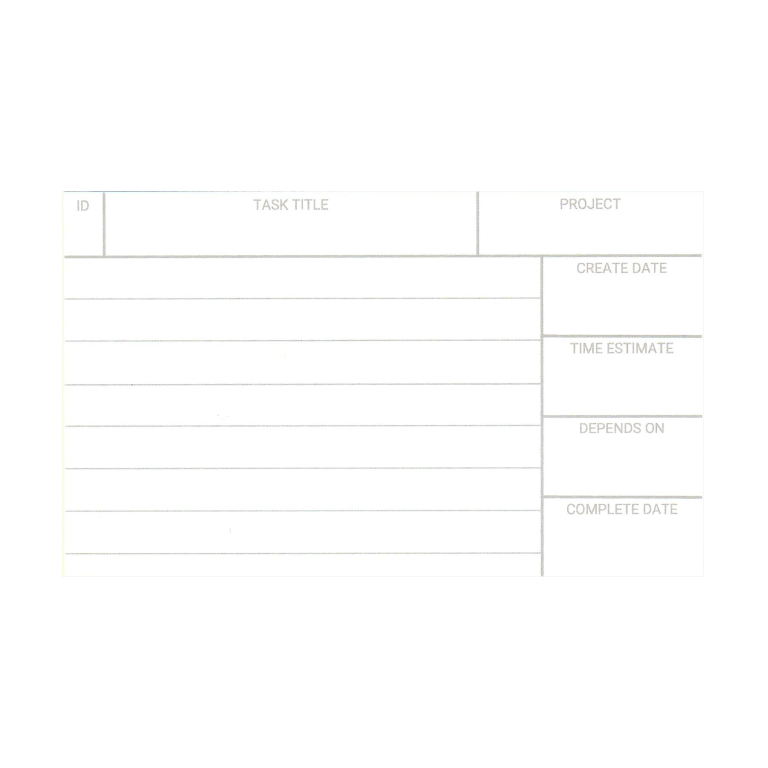
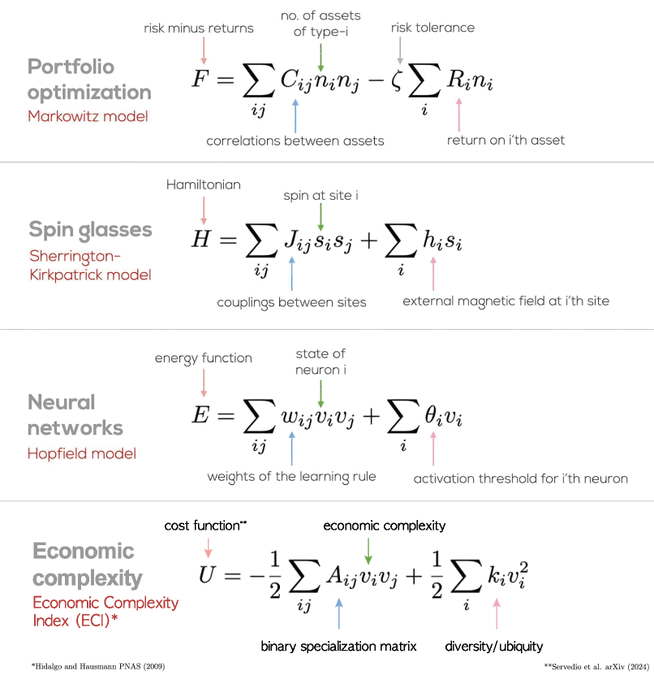
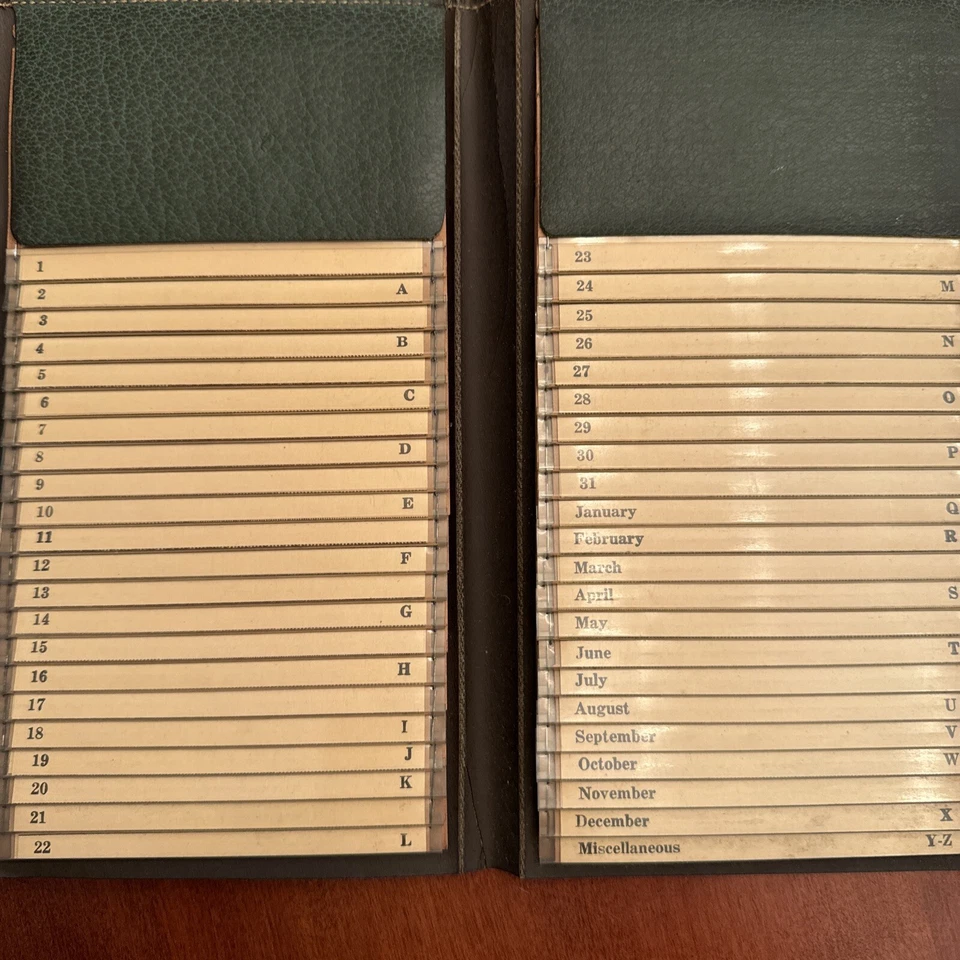
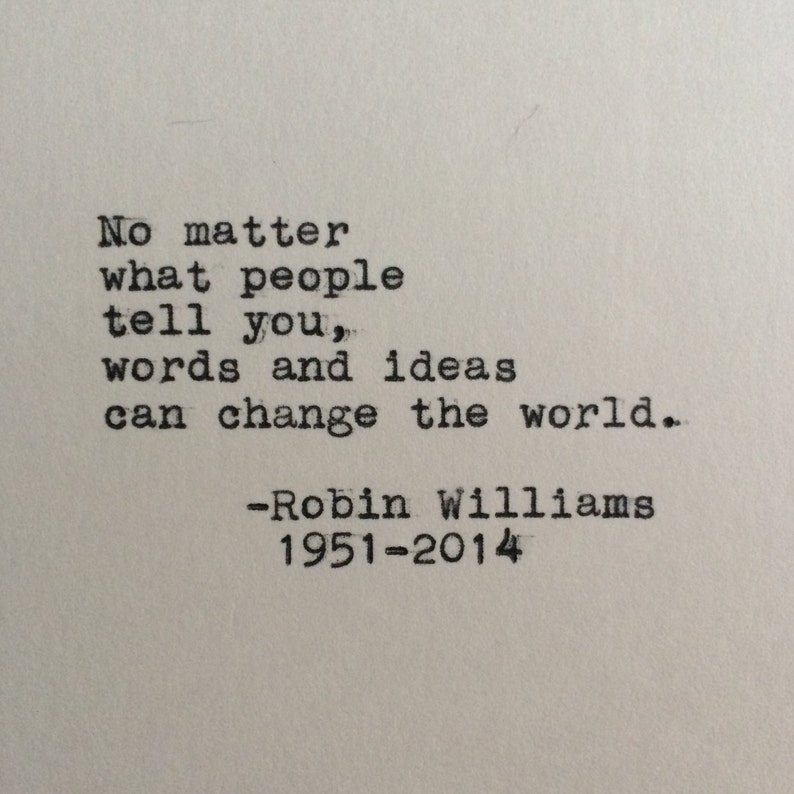

:max_bytes(150000):strip_icc():format(webp)/the-nabakovs-at-work-96793854-468f6ab40e914e45abdd1542fa370872.jpg)






